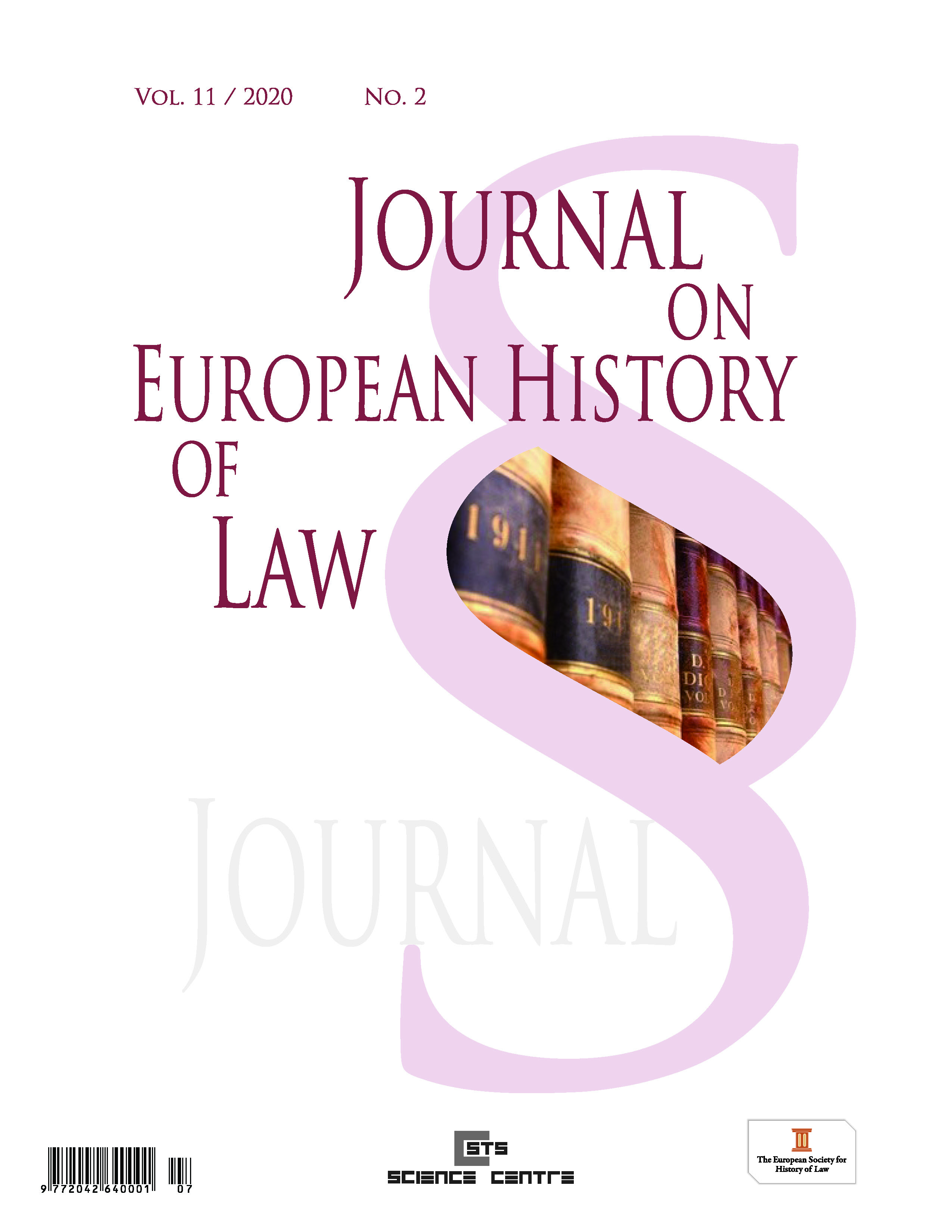How to Make a Civil Code: Plans and Drafts of General Rules in 19th Century Hungarian Private Law
How to Make a Civil Code: Plans and Drafts of General Rules in 19th Century Hungarian Private Law
Author(s): Judit BaloghSubject(s): Law, Constitution, Jurisprudence, History of Law, Civil Law, 19th Century
Published by: Evropská společnost pro právní dějiny, z.s.
Keywords: Civil law; codification; Hungary; Pandektensystem; general rules; general part; late 19th century;
Summary/Abstract: Civil law was traditionally divided into three parts by lawyers, in Hungary as well. The distinction was based on Roman law, creating the classical distinction of ‘personae – res – obligations.’ The 19th-century literature on pandect law theoretically proposed that the above mentioned division is not suitable for the classification of civil law regulations, and consequently a new, more accurate definition and “system” should be set up. Late-19th-century codification followed this new approach, so in the new codes substantive laws of inheritance gained space, and in some codes a substantial “general chapter” appeared as well. In 1866 the Hungarian parliament set up a codification committee which launched a sub-committee in order to establish the procedure of the codification work. Professor Pál Hoffmann was commissioned by the minister of justice to process the general chapter of the new code based on the statement of the above mentioned ministry department. Hoffmann was the first modern professor of Roman law in Hungary. His works mainly reflect the historic law school of Savigny and Puchta, which also defined his view on the general chapter. Hoffmann’s work received several criticism, which, as it has already been mentioned, generally praised it but also highlighted on the drawbacks in order to amend the draft. As a result the final version of the draft was accepted by professionals, which, naturally, was still to be amended, but as a “first draft” it could serve as a starting point for further modifications. The question of the general chapter re-emerged in 1873. The newly prepared general chapter undoubtedly matured on its predecessors deficiencies: Elek Győry left behind Hoffmann’s original approach and he created a thoroughly selected collection of norms, from the aspects of volume, effectiveness and also stylistics. The idea suggesting that a code requires a chapter which contains the basic principles relevant for the whole code, persisted until 1895, the third wave of the codification process, when the editing members of the permanent codification board unanimously voted down the necessity of the general chapter. Consequently, the draft of the civil code, which was finally finished in 1900, did not contain a general chapter. The procedure involving the general part can be listed among the few examples which justify that Hungarian legislation could choose its independent way, and it did not become the slave of the German rules. The Hungarian legislation has not felt a problem up to this day which should have been mended – either by adapting the pandect system.
Journal: Journal on European History of Law
- Issue Year: 11/2020
- Issue No: 2
- Page Range: 95-103
- Page Count: 9
- Language: English

